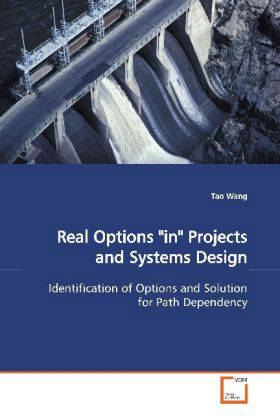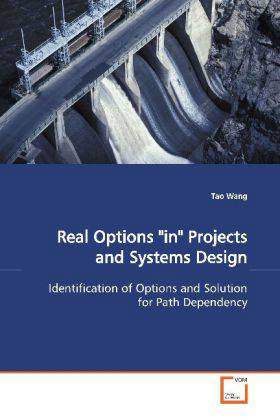
- Afhalen na 1 uur in een winkel met voorraad
- Gratis thuislevering in België vanaf € 30
- Ruim aanbod met 7 miljoen producten
- Afhalen na 1 uur in een winkel met voorraad
- Gratis thuislevering in België vanaf € 30
- Ruim aanbod met 7 miljoen producten
Zoeken
Real Options "in" Projects and Systems Design Identification of Options and Solution for Path Dependency
Identification of Options and Solution for Path Dependency
Tao Wang
Paperback | Engels
€ 77,95
+ 155 punten
Omschrijving
This book describes a comprehensive approach to identify and deal with real options "in" projects, that is, those real options (flexibility) that are integral parts of the technical design. It attempts to specify analytically the design parameters that provide good opportunities for flexibility for any specific engineering system. It proposes a two-stage integrated process: options identification followed by options analysis. The options identification stage discovers the design elements most likely to provide worthwhile flexibility, including a screening and a simulation model. Options analysis stage develops a stochastic mixed-integer programming model to value options. This approach decreases the complexity and size of the models at each stage and thus permits efficient computation. The framework developed is generally applicable to engineering systems. The book explores two cases in river basin development and satellite communications, showing significant value of real options "in" projects, in the form of increased expected net benefit and/or lowered downside risk.
Specificaties
Betrokkenen
- Auteur(s):
- Uitgeverij:
Inhoud
- Aantal bladzijden:
- 344
- Taal:
- Engels
Eigenschappen
- Productcode (EAN):
- 9783639103717
- Verschijningsdatum:
- 19/12/2008
- Uitvoering:
- Paperback
- Formaat:
- Trade paperback (VS)
- Afmetingen:
- 152 mm x 229 mm
- Gewicht:
- 458 g

Alleen bij Standaard Boekhandel
+ 155 punten op je klantenkaart van Standaard Boekhandel
Beoordelingen
We publiceren alleen reviews die voldoen aan de voorwaarden voor reviews. Bekijk onze voorwaarden voor reviews.











